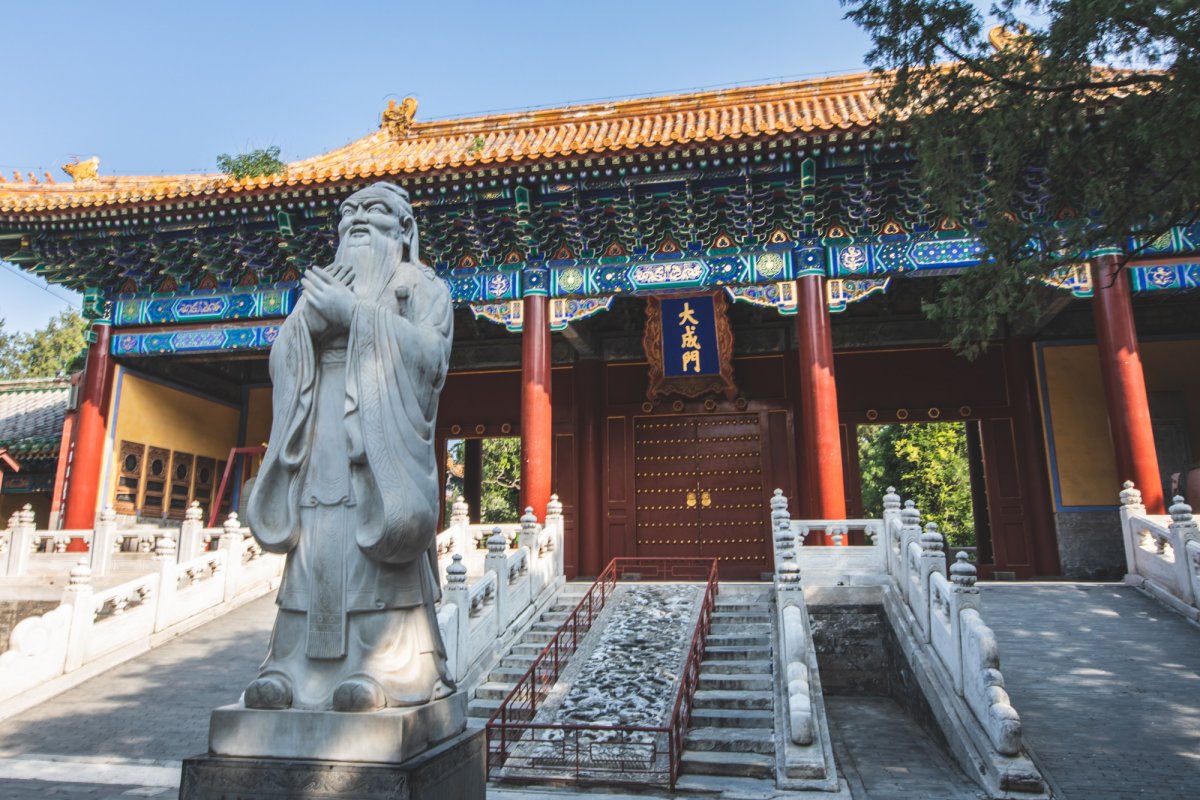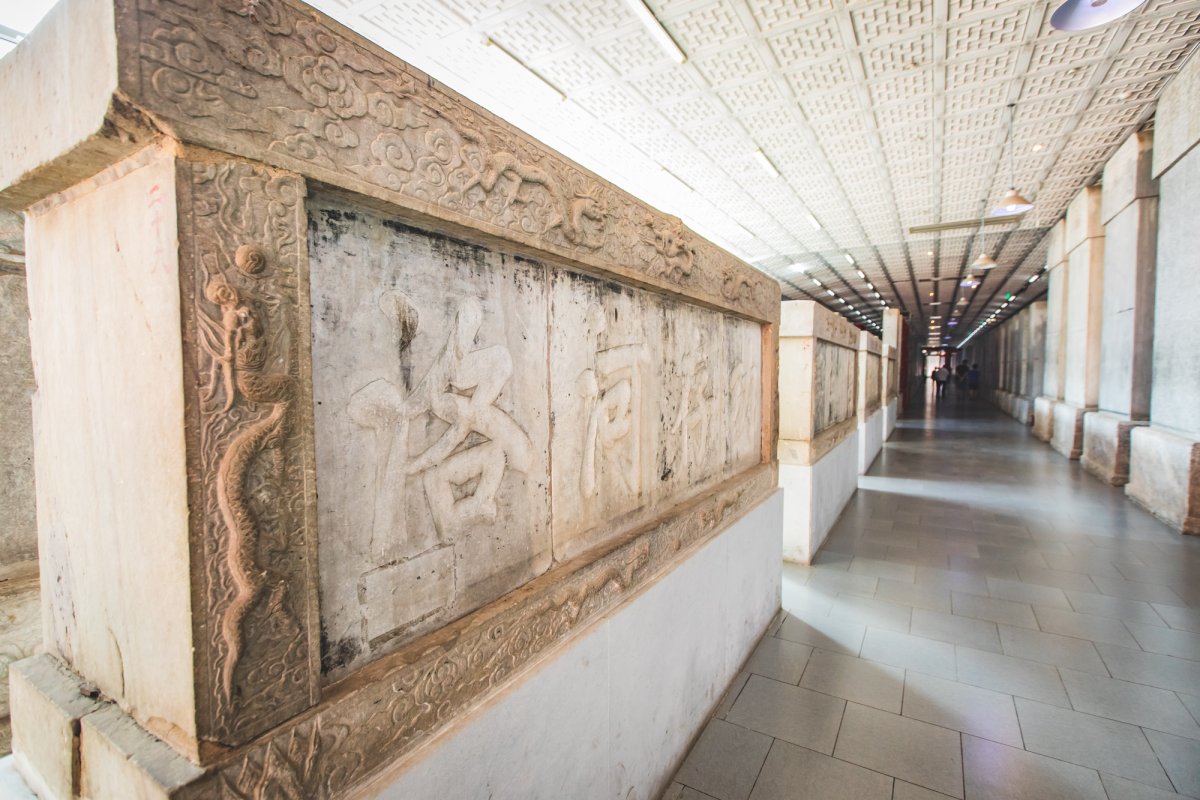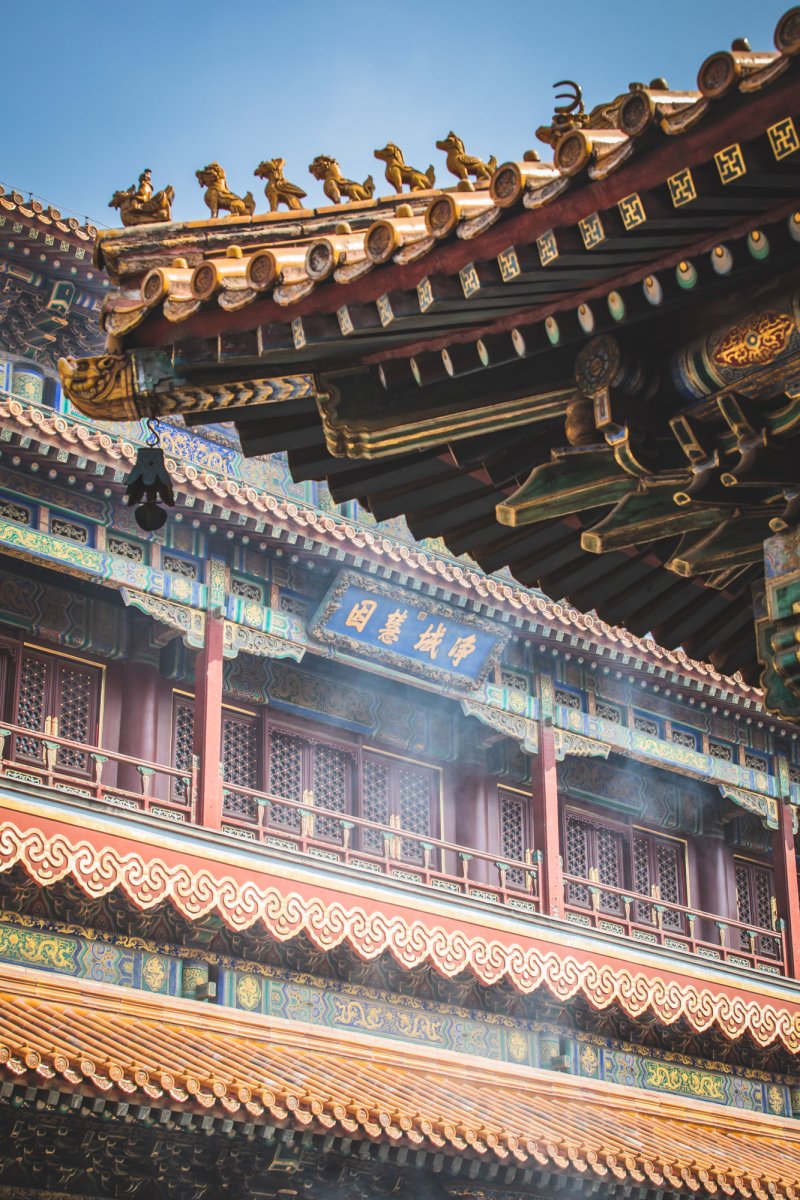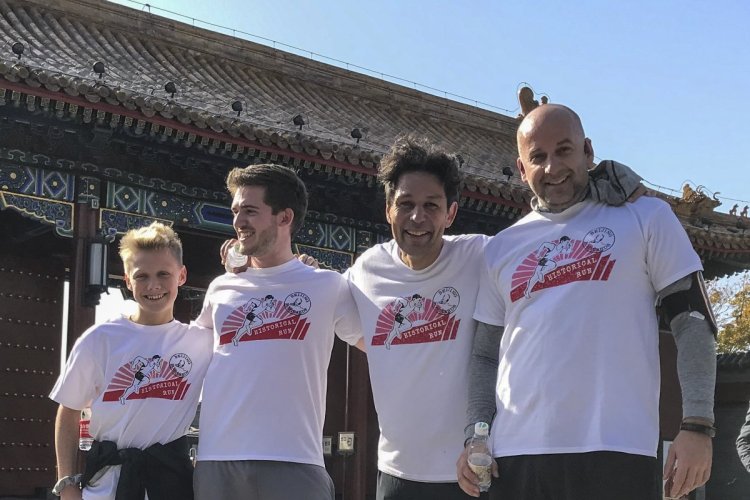Holiday Walk: Get in Touch with Your Spiritual Side on This Temple Trek
Note: Most, if not all, spots listed are open over the holiday and have mini programs on WeChat that you can search to book tickets in advance, or you can show up in person to get tickets at the entrance. Just remember to bring your passport just in case.
With temples around the capital finally having reopened, one way to spend a few hours on a stroll in the capital is with a visit to some of Beijing's temples.
Plus, seeing as it's Spring Festival, it makes for a good excuse to ask for a bit of good luck in the Year of the Rabbit while you're visiting. It's unclear whether or not the more temples you visit will bring more luck, but it's worth experimenting with.
That being said, this is ambitious way to try getting a bit of luck. Keeping within the 2nd Ring Road, it goes to several different temples – and one former imperial school – before ending it all at Yonghegong.
Without further ado, it's time to get walking.
Start here: White Pagoda Temple & Temple of Ancient Monarchs
The trek begins at Exit B of Fuchengmen Station on Line 2. From here, head east to the first stop, 白塔寺 Báitǎ Sì. Built during the Yuan Dynasty in 1271 and designed by a Nepalese architect, its official name is Miaoying Temple. But for the sake of simplicity, it's today known as White Dagoba Temple.

It’s easy to understand why: in the rear of the temple complex stands a massive white dagoba, aka stupa, a Buddhist shrine housing sacred relics. Unlike a pagoda, you can't actually enter a stupa, so this one is just for admiring. For some decidedly daka shots, head to the alleyway outside the eastern edge of the temple, where countless wanghong flock to take photos with the white dagoba juxtaposed with red walls. Tickets can be booked on Alipay following the instructions here.

Next, head out from the alleyway or temple and continue east a few meters to the next stop, the Temple of Ancient Monarchs (历代帝王庙 Lìdài Dìwáng Miào). Built in the 1500s during the Ming Dynasty, this temple, if you haven’t already guessed, was meant for paying homage to past emperors and officials deemed wise in their methods of ruling and doling out laws.

The temple consists of seven shrines honoring over 180 emperors. Plus, the roofs are covered in green glazed tiles. In Chinese culture, green signifies health, prosperity, and harmony. Tickets can be booked by searching for the temple's official account (click 来馆里 and 约参观 to book).
Yong’an Temple & Beihai Park
After basking in the former glory of China’s past rulers, it's on to Beihai Park (北海公园 Běihǎi Gōngyuán). To get there, head eastbound once again along Fuchengmen Inner Avene until it ends at Huangchenggen Street. From here, turn south until you’ve reached Xi’anmen Street, which will become Wenjin Street, and take you to the entrance of Beihai Park, home to Yong’an Lama Temple (永安寺 Yǒng'ān Sì) (Tickets for both can be booked at the front gate).

Built in 1651, Yong’an Temple leads up to another massive white dagoba and commanding views of the surrounding lake.
After exploring, you could come back the way you came, but considering Beihai is great to explore any time of year. It's nice to take a northbound stroll on the east side of the lake, taking it all in.

Walk north into Shichahai and keep walking ‘til you’ve reached either Qianhai South Way or Wannian Hutong. Then exit onto Di’anmen Outer Avenue, close to Gulou. Then head onto Gulou East Avenue and head east again, passing by Nanluoguxiang on your way to…
The Confucius Temple & Imperial College
Head north along Andingmen Inner Avenue. Head to Guozijian Street and head east until you've found what the street is named after: the 国子监 Guózǐjiān.

The college was the highest place of learning during the Yuan, Ming, and Qing Dynasties. The emperor himself would come to give lectures to students in Biyun Hall.

Being as Confucius and education often go hand-in-hand here in China, it's no surprise a temple dedicated to the man (孔子庙 Kǒngzǐ Miào) himself is right next door. The thing to see here is the room of steles, which features over 180 steles engraved with the “Thirteen Classics” of Chinese literature – including the Analects of Confucius, writings of Mencius, and the Book of Changes. Tickets can be booked via the Kongzi Miao and Guozijian official account (click 预约参观 to book).
Finish Here: Yonghe Lama Temple
Out the way you came and east again to Yonghegong Avenue. Take it north to Andingmen East Avenue, then east until reaching the temple entrance.

Yonghe Lama Temple (雍和宫 Yōnghégōng) was originally a residence for Prince Yongzheng before he was made emperor. It was converted into a palace and then a lamasery by the Qianlong Emperor in 1744.
It's a beautiful complex in all, with prayer wheels and statues of Tibetan deities throughout. But the big draw here is a giant sandalwood statue of the Maitreya Buddha (86 feet tall!) surrounded by ten thousand small statues of Buddha. Tickets for the Lama Temple can be booked via the official account (click 预约参观 to book).

If you fancy a bite or a drink after all that walking, head to Wudaoying. This sort-of pedestrian street is jam-packed with all kinds of restaurants – from Japanese and Thai to Spanish and Italian – and countless bars. Head here to give your feet a break, and contemplate questions of spirituality that might have arisen from all that temple hopping.
READ: Weekend Walk: Explore Beijing's Dialogue with the West on This Legation Quarter Jaunt
Images: Uni You







